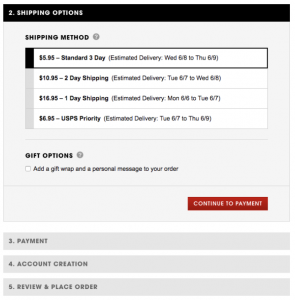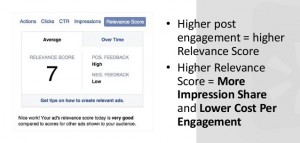Every B2B marketer needs content to do their jobs.
From product marketing to digital marketing—and everything in between—B2B marketers across the board rely on marketing content to fuel pipeline, drive sales, and increase customer retention.
But, there’s a catch.
Content can’t live in a black box. In the age of the customer, buyers are waiting longer to engage sales, and the digital content you produce influences a great portion of a prospective customer’s decision to move themselves further into the sales process.
With the buyer in control, your digital marketing content is their map to the finish line. No pressure.
The good news is that with a solid digital marketing plan, you can be the “Google Maps” of marketing content. But in order to deliver a cohesive buyer-to-customer journey, you must build the foundation for a digital marketing plan—and you need a process to build it.
Why Process Is the Foundation for Your Digital Marketing Content
Digital marketing content isn’t created by a single person in a vacuum. With multiple channels to fill, content types to produce, and campaigns to manage, it requires an entire content production army within your organization. And without a process in place to manage content at scale—and the people responsible for producing it—internal chaos quickly ensues, digital marketing plans are easily derailed, and deadlines get missed.
Reinventing the wheel day-after-day is not only time consuming and frustrating—it has a real business impact.
With digital content driving the majority of top-of-funnel interest and engagement, the buyer experience you deliver must be on-point and consistent in order to build trust with prospects. Companies that deliver a great customer experience are 5.2 times more likely to see a customer purchase and 86% more likely to have that customer repurchase.
But with a process in place for managing their digital marketing content, B2B marketers can worry less about “who’s on first” and make space for bigger picture strategy and optimization. In fact, research consistently shows that B2B marketers that have a documented content marketing strategy are more effective in nearly all areas of content marketing.
Here are the three key elements you need to build the foundation for your digital marketing plan.
1. Visibility
Visibility is the base of your foundation. When all of your teams have easy access to content plans, deadlines, and projects, you can work together to deliver marketing content that is consistent and cohesive. Without visibility or access to information about what other teams are working on, content is created in a “black box,” and the buyer experience gets disjointed.
To gain visibility across the content lifecycle, campaigns, and departments, set up a centralized calendar with all of your content deadlines and campaign milestones. Make it easily accessible so everyone within your organization can see what’s planned, in progress, or completed.
2. Accountability
Who needs to review this next? Who is responsible for publishing this?
The next step is to establish accountability in the workflow. A poorly orchestrated hand-off can quickly stall the progress of a project, and even derail it all together.
With an established workflow and task owners in place, accountability can be built into the process. When everyone is aware of their role in the process, and the tasks they are responsible for, it’s easier to track progress and eliminate bottlenecks.
To build accountability into your process, start with a single content type and map out every step needed to complete that piece of content. Then, assign task owners to each step.
3. Collaboration
The last step to building the foundation for a digital marketing content plan is collaboration. When multiple teams create content, collaboration is crucial to the process. By working cross-functionally you can ensure every piece of digital content you create has consistent messaging that’s aligned with company goals. Collaboration becomes especially important when teams are spread out across regions or continents.
To build collaboration into your process, establish a single channel for communication and make sure all of your colleagues have access to it. With a single stream of communication, important conversations are preserved and communication remains clear and accurate.
By building process around these three elements, digital marketers can escape content chaos and start strategizing more effectively and optimize their digital marketing plan for better results.
Digital & Social Articles on Business 2 Community(62)







